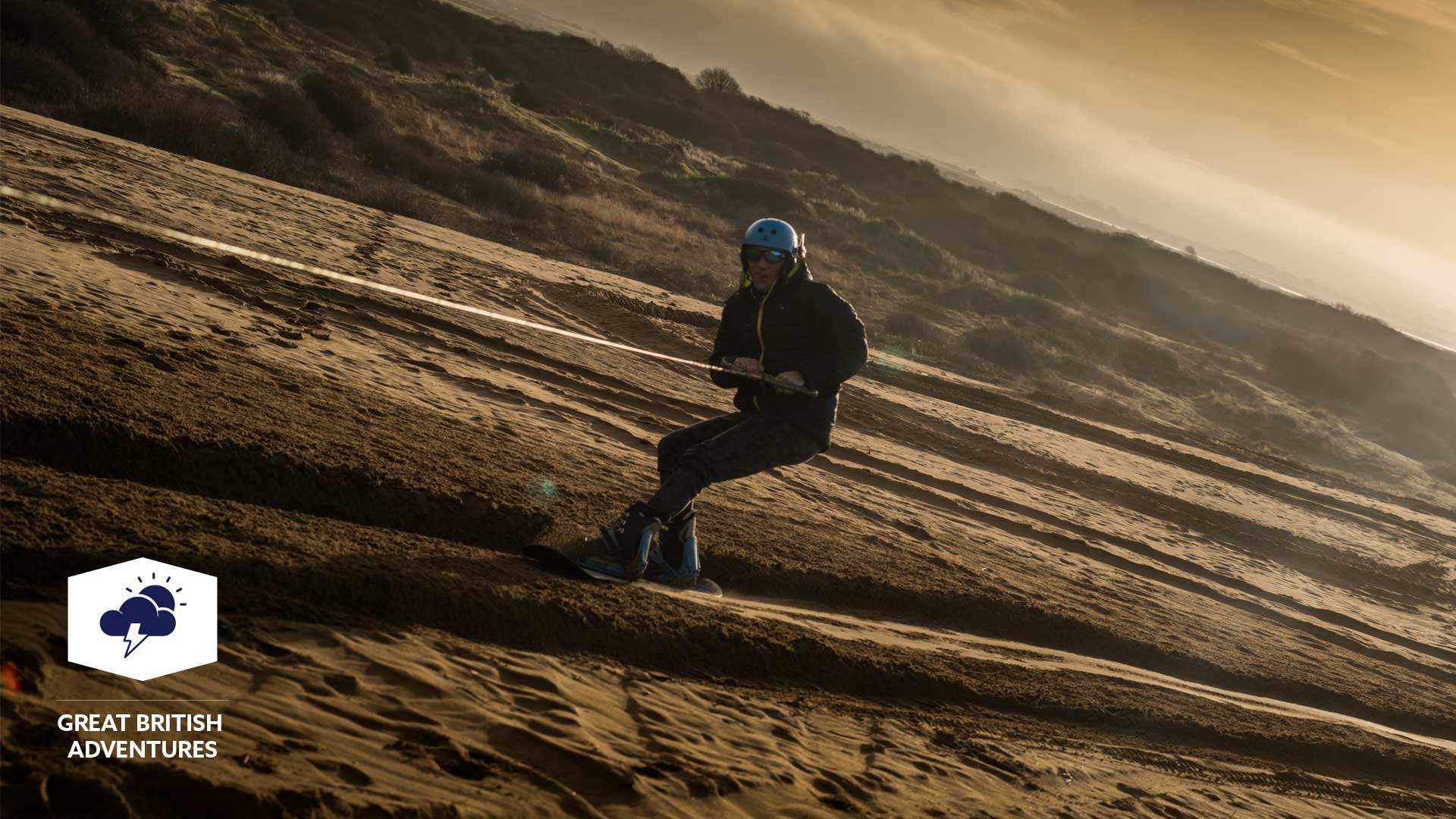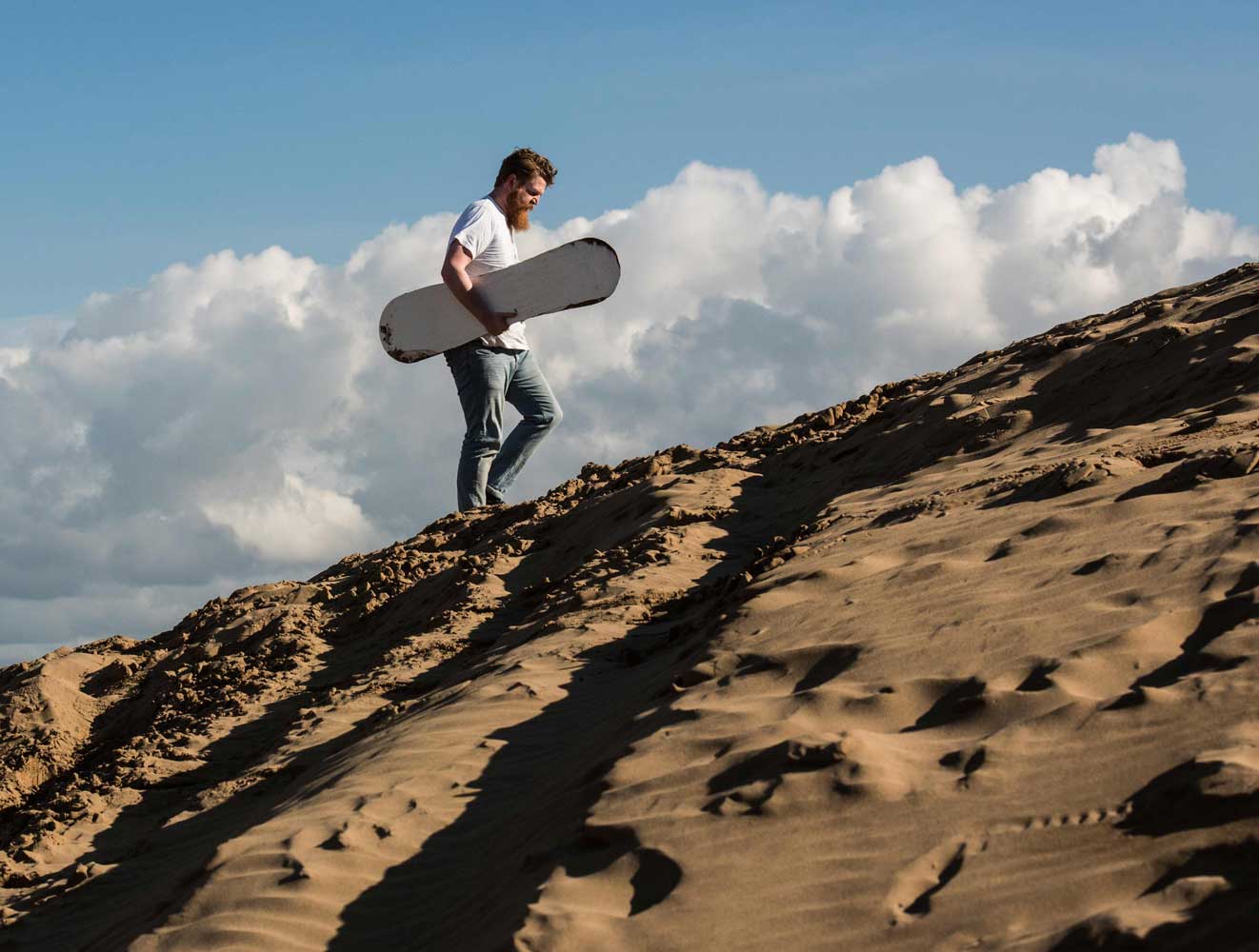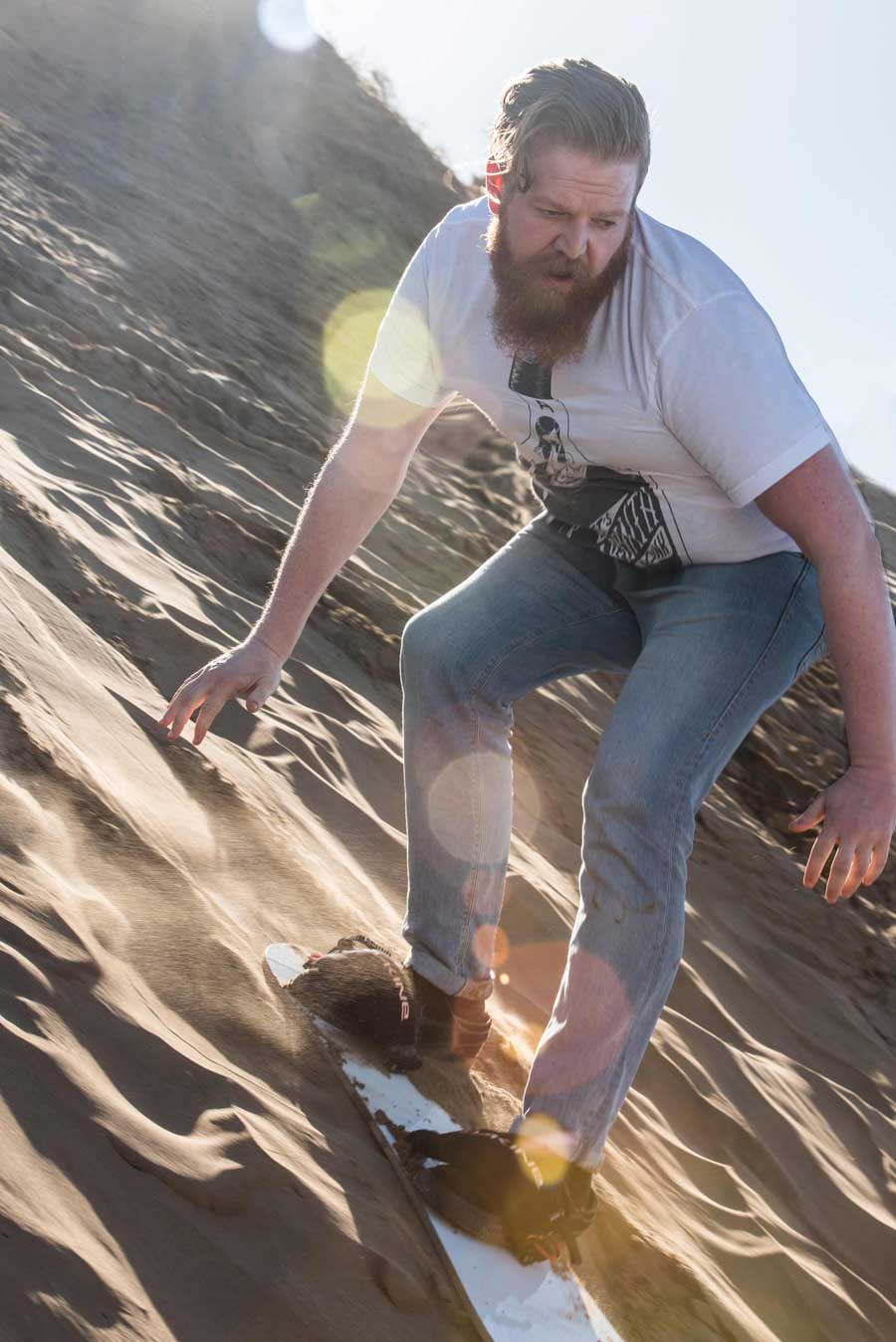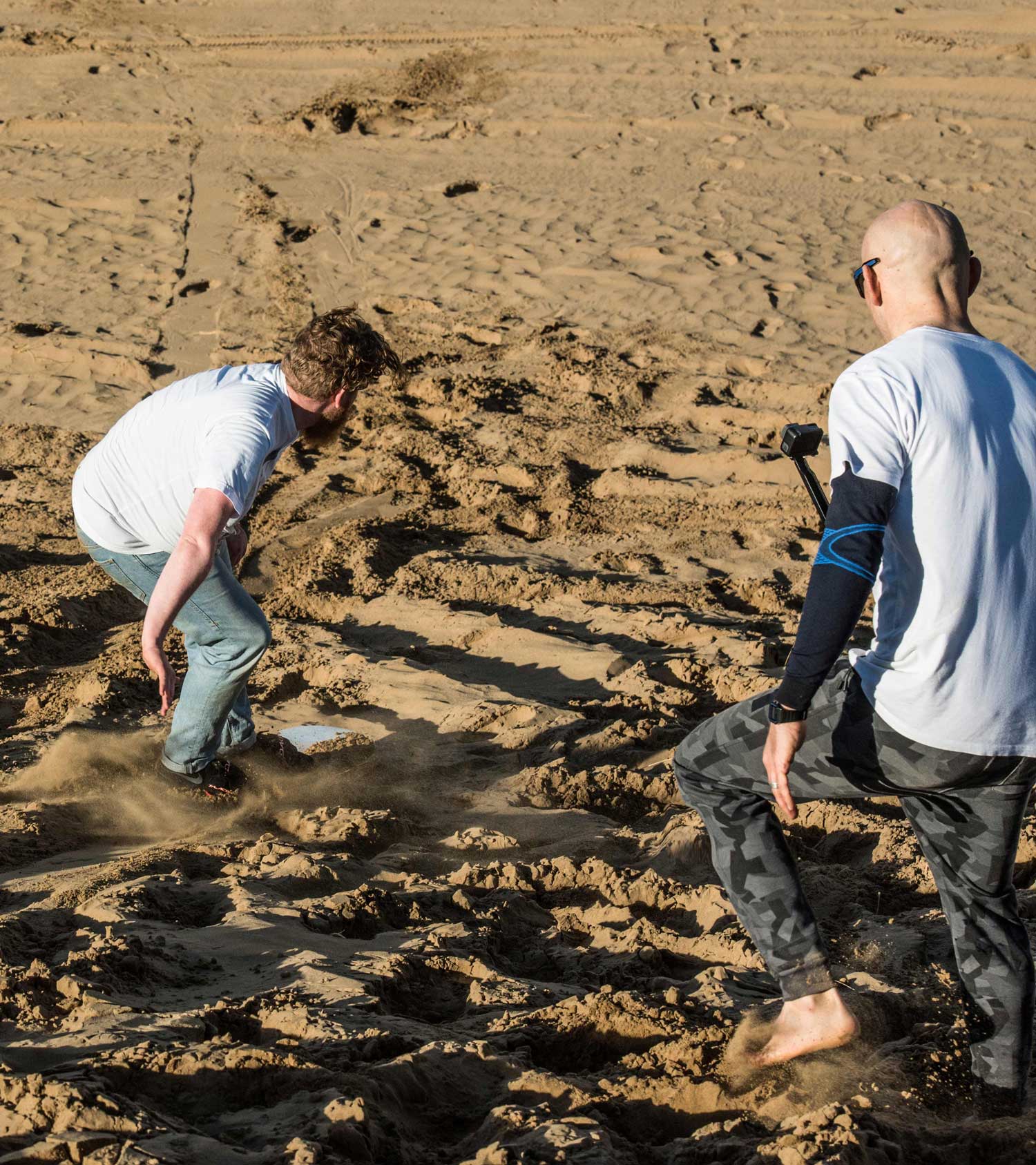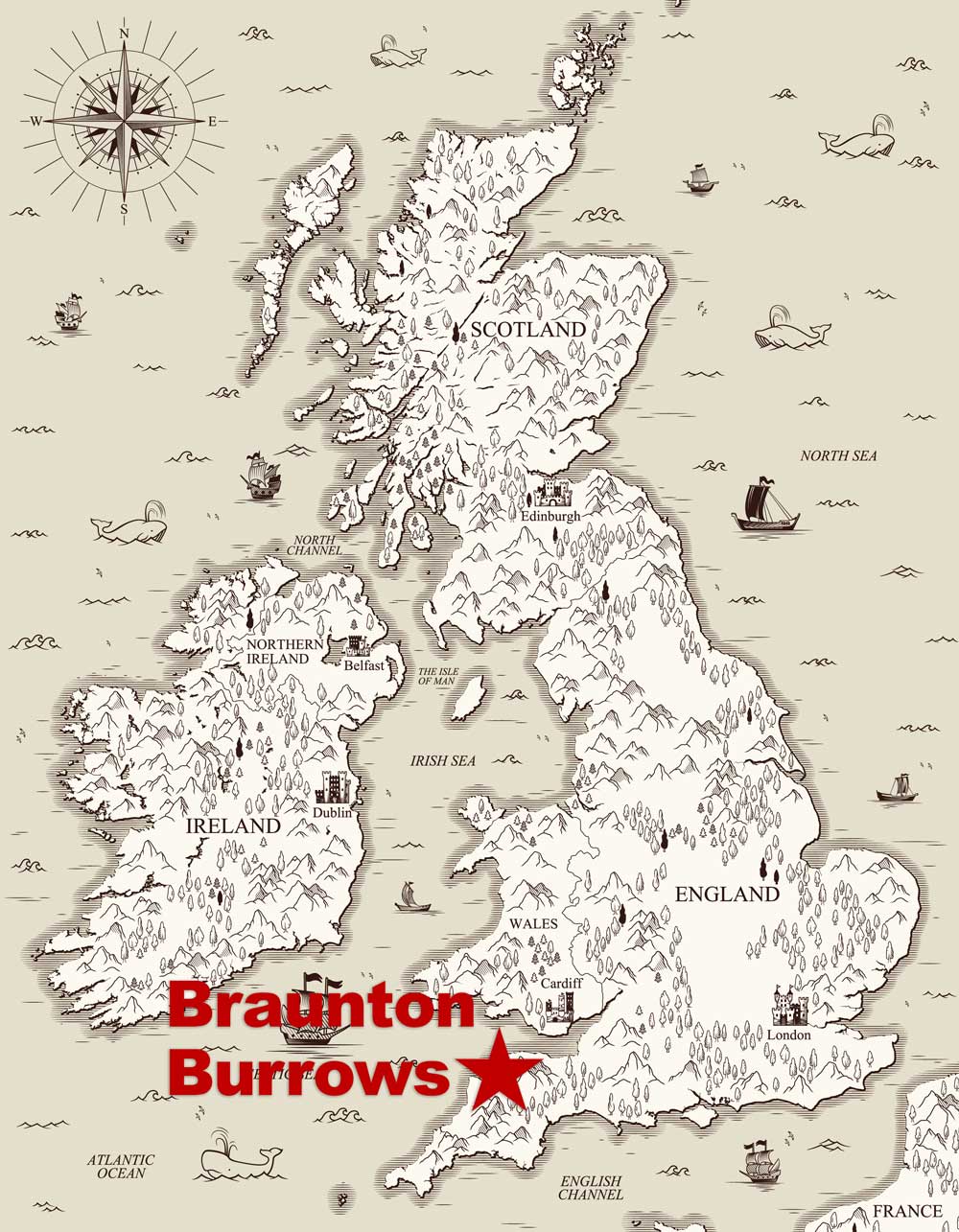The snow is melting. If you’re a snowboarder in Britain, this is not good news. The last three winter seasons in Europe haven’t really stuttered to life until well into January. Glaciers in Europe, such as the ones in Tignes and Chamonix in France, and Hintertux in Austria are reportedly visibly getting smaller and smaller as each year passes.
It may still be some distance away yet, but there will be a time when there simply is not enough snow to run a viable ski resort. And what snow is left could be reserved for the super rich.
Of course, this is the worst fear of those of us that enjoy nothing more than sliding sideways down a mountain, and maybe I’m wrong. But what if this bleak projection turns out to be true? If snowboarding is on the edge of extinction, what can fill the hole in our hearts that it currently occupies? Where else can we get a fix of sliding sideways down a hill. The answer lies in sandboarding.
If you imagine boardsports as a family, with surfing as a noble elder statesman, sandboarding would be considered by some as the runt of the litter. Few have heard about it. Those that have almost certainly don’t know anything about it. There is no industry, no governing body, virtually no media coverage, no real scene to speak of. And this is the future?
Right.
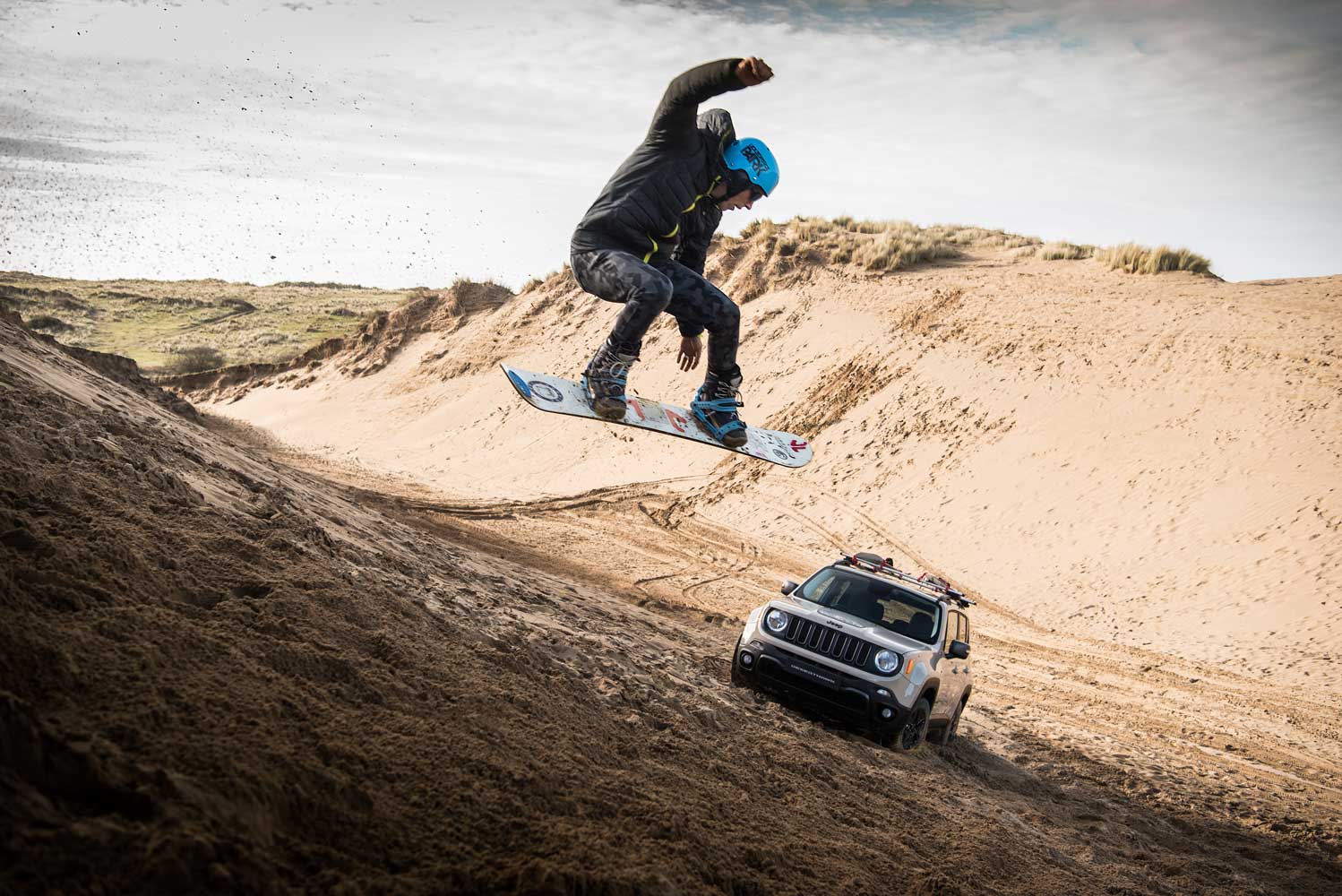
I head down to Braunton Burrows in North Cornwall, home of the UK’s largest sand dunes. There, I meet up with Alex Bird, one of the UK’s leading sandboarders to give this largely unheard of sport a go myself. It feels exciting to be trying a boardsport that can be done outdoors in Britain. One that, unlike surfing, doesn’t rely on the perfect combination of unlikely meteorological factors to be able to do.
